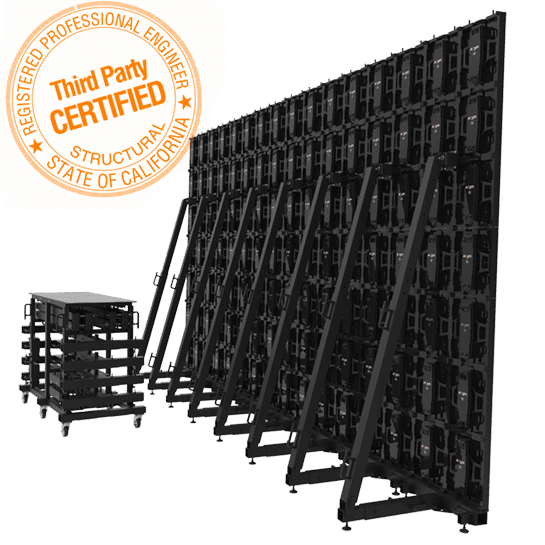Grasping the Typical Reasons of LED Screen Display Failure
Wiki Article

LED panel screens are widely utilized in multiple settings, from ads to home theaters. These panels are favored because they provide bright and vibrant visuals while being energy-efficient. However, similar to all digital gadgets, LED wall panels can encounter malfunctions. Understanding the common reasons of these malfunctions is important for maintaining their functionality and guaranteeing durability. This article explores several critical elements that can contribute to the malfunctioning of LED panel screens.
One of the most common causes of malfunction in LED panel screens is overheating. LED technology generates heat during use, and if this heat is not properly controlled, it can harm internal parts. Poor ventilation or insufficient cooling mechanisms can worsen the issue. When the heat increases beyond the recommended levels, it can lead to diminished brightness, color deviation, or total breakdown of the panel. Regular maintenance, including cleaning air openings and maintaining proper airflow, can assist avoid overheating and extend the life of the screen.
Another major cause leading to LED panel screen malfunction is electricity spikes. Variations in the power supply can cause damage to electronic components within the screen. Sudden jumps in electricity can cause to burnt fuses or damaged circuits, resulting in malfunctioning displays. Using voltage safeguards and power controllers can reduce this threat by useful site normalizing the electricity supply and protecting sensitive digital parts. Making sure that the power navigate here infrastructure is up to standard and capable of handling the power requirements of the panel is also critical.
External factors play a vital role in the functionality of LED wall panels. Contact to harsh temperatures, humidity, or dust can adversely impact their functioning. For instance, high humidity can lead to moisture buildup inside the screen, which can result in short circuits or damage of internal parts. Similarly, excessive dust build-up can block ventilation and lead to overheating. Installing LED screens in regulated settings and frequently cleaning them can help maintain optimal functionality and avoid failures.
Additionally, manufacturing defects can result to early malfunctions in LED panel panels. Quality control during production is crucial to guarantee that each screen meets market standards. Defective components or poor assembly can lead in problems such as inactive pixels or uneven brightness. It is crucial for buyers to buy LED panel panels from reputable manufacturers that provide warranties and support. This guarantees that any possible defects can be addressed promptly, minimizing downtime and annoyance.
In summary, comprehending the frequent causes of LED panel panel malfunction can help consumers take preventive measures to ensure their longevity and functionality. By tackling overheating, protecting against power spikes, considering environmental factors, and selecting quality items, users can significantly minimize the chance of failure. Regular maintenance and knowledge of these factors will result to a superior performance with LED panel panels, whether for individual or professional application.